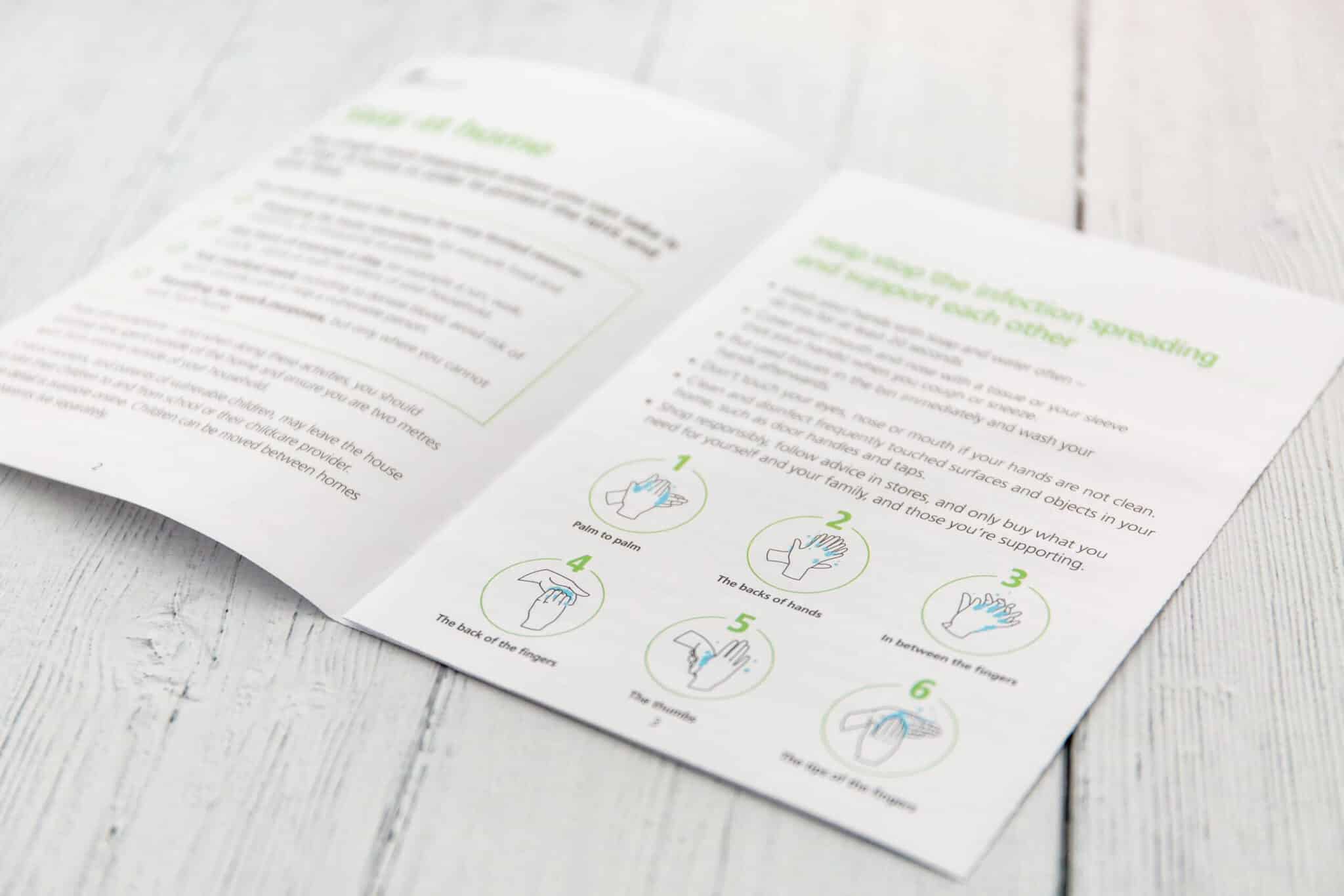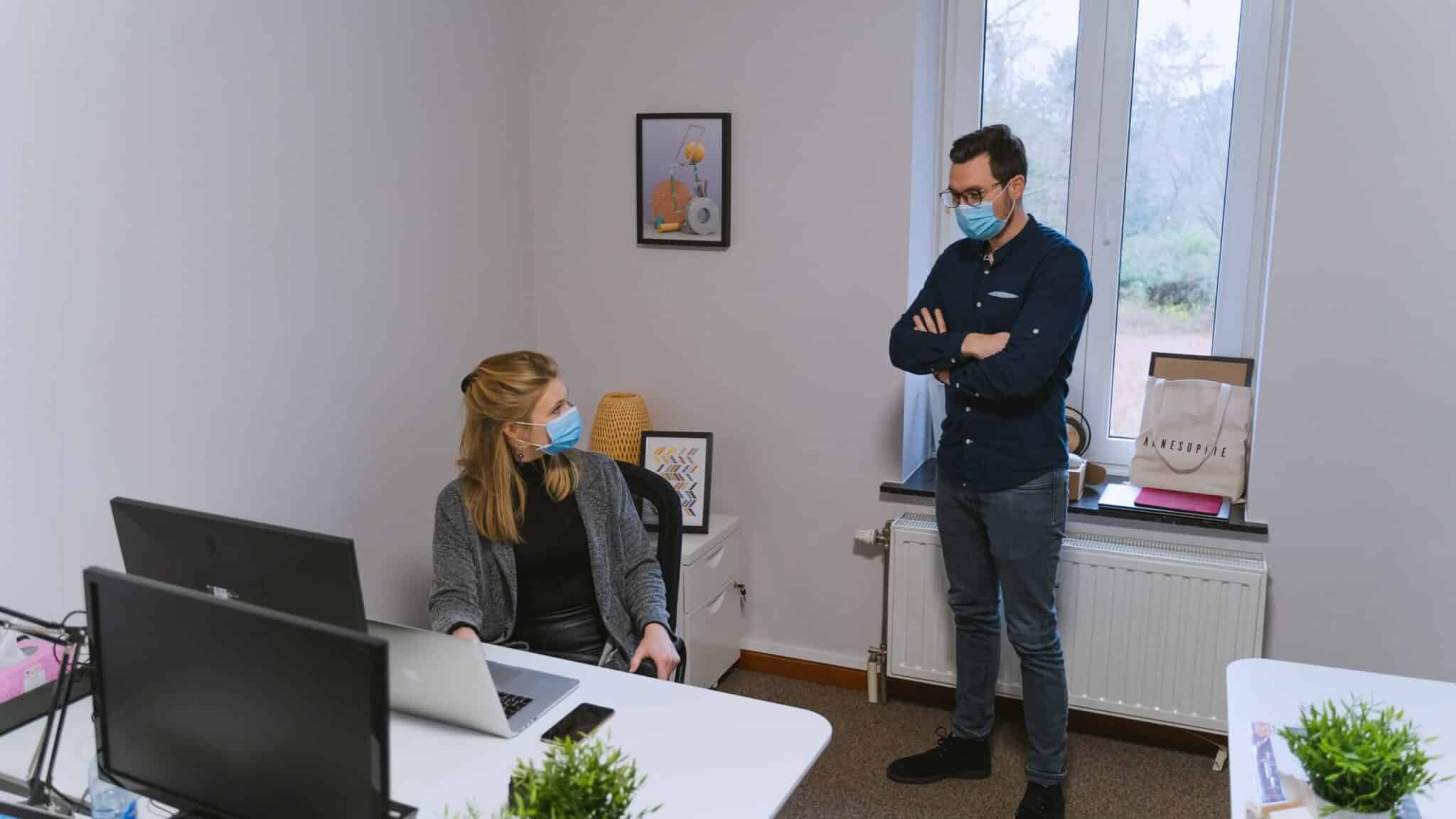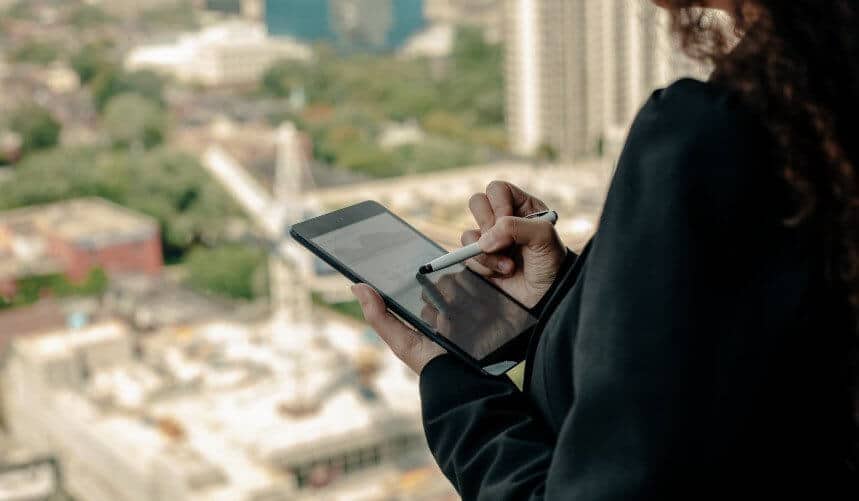With more people returning to the office and vaccines becoming available, companies need to be extra vigilant about following health recommendations to ensure workplace safety.
To implement a healthy post-COVID office reopening, company leaders need to follow credible health authorities’ safety standards.
This article looks at six ways facility managers can maintain a healthy office for the long term.
1. Create and enforce employee health guidelines
Before you welcome employees back into the office, it’s pertinent to establish health guidelines.
Setting health guidelines before reopening has several benefits, like:
- Making employees feel safe to return to work
- Aligning employees on how to prevent the spread of COVID-19 or another illness
- Protecting your company against legal action
- Maintaining a healthy office building
When building these guidelines, make sure you’re sourcing information/data from reputable sources, like the Centers for Disease Control and Prevention (CDC) and the World Health Organization (WHO). Using information from leading, credible sources like these may also help with employee buy-in.
What should facility managers include in health guidelines? There are several components of a strong coronavirus office reopening plan, which can include:
- Washing or sanitize your hands often
- Maintaining 6+ feet apart from other employees
- Working only at your assigned desk (if using desk booking) or allotted workspaces
- Passing a temperature and health check before entering the office
- Following office traffic flow patterns
- Ensuring personal protective equipment (PPE) usage when in common areas
When forming these guidelines, make sure you’re thinking about all possible contamination sites—from when employees first enter the building to every interaction after.

2. Implement health screenings
Along with employee health guidelines, adding health screenings to your post-COVID workplace safety plan is a great way to mitigate potential spread.
Like health guidelines, health screenings serve many purposes, like:
- Eliminating possible employee exposure by filtering employees who may be at risk (or who don’t know they’re at risk)
- Locating potential contamination sites
- Preventing the spread of the coronavirus or another virus within your workplace
Depending on your company’s needs, your COVID-19 health check might include:
- Health questionnaires (employees complete before leaving their home)
- Temperature checks prior to entering the building
- Swab testing
- Hand sanitizer stations
- Health apps
Remember, it’s critical to do what’s best for your company and employees, but a health check covering all potential ways of contamination is a successful one. For health checks to truly work, you must have a system in place that allows for easy results tracking and monitoring.
A tool like OfficeSpace’s Safeguard takes the guesswork out of creating and implementing a health screening. With Safeguard, facility managers can create custom forms and confirmation messages for health questionnaires, prevent employees from checking into their desk booking unless they’ve passed their Safeguard check, prompt employees to complete the assessment before entering the office, and more.
Technology like Safeguard streamlines this critical part of a bullet-proof return-to-office plan.
3. Maintain proper physical distancing practices
Next to wearing a mask, physical distancing has been a leading protective measure against COVID-19 since the early days of the pandemic. The CDC recommends maintaining at least six feet apart from people, whether you’re walking past them on the sidewalk or working with them in the office.
Keeping employees at least six feet apart may sound nearly impossible in the workplace, but there are several ways to approach physical distancing.
First, make sure you calculate your building’s minimum viable occupancy rate. Because of physical distancing guidelines, companies can no longer permit full capacity in the office. Determining your minimum viable occupancy rate will help you understand how many people you can safely have in the office at a time.
Next, consider the desk arrangements. Make sure there are at least six feet in between the occupants of each desk. If your company uses shared desks, install plexiglass walls to separate employees or block out seats to prevent people from sitting too close.
In addition to reconfiguring individual desk arrangements, it’s crucial to consider shared spaces as well. Depending on the type of shared space—like a lounge or brainstorming room—it may be best to close that space altogether or limit the number of people who can use that space at a time. For areas like the kitchen and bathroom(s), occupancy limits may be the best way to prevent congestion.
This may sound overwhelming, but reconfiguring your office doesn’t have to be a headache. Technology like OfficeSpace’s Distancing Planner simplifies desk arrangements, setting physical distancing radiuses for multiple spaces, and more. Keeping employees safe starts with following physical distancing protocol, and tools like a distancing planner make it easier to roll out this safety measure.

4. Leverage desk booking technology
As we mentioned above, keeping employees distanced is critical for a safe post-COVID workplace. This may change as vaccines are introduced into society. Still, it may take some time before people are comfortable being physically close to others in a public setting like in the office.
Desk booking technology makes reconfiguring your office for safe distancing simple. In a nutshell, a desk booking solution, like OfficeSpace’s Desk Booking tool, enables employees to reserve a desk ahead of coming into the office, so they have a clean, designated spot away from other employees.
With desk booking technology, facility managers can make specific desks available, approve booking requests, provide the cleaning team a report of which areas need to be sanitized, see how many people are in the office at a time, and more. What’s more, employees can check in to their desks remotely, or if your company uses sensor technology, by sitting down at their assigned desk.
Desk booking software helps facility managers better oversee where employees work to ensure the workplace is safe and comfortable for all. It also offers real-time reports, which can help with optimizing the office.
5. Consider adopting a shift work strategy
If your company is on the larger side, the thought of everyone returning to work all at once may seem overwhelming—and not the safest idea. Instead, consider alternative workstyles, like shift work.
Shift work is when employees are grouped and observe a work environment schedule based on that group. It’s a great way to stagger occupancy and ensure each employee can keep a safe distance from one another.
For example, if you split your employees into two groups (Group A and Group B), you might have Group A work in-office on M/W/F and Group B on T/TH, or vice versa. Or you could have Group A work the first and third weeks of the month in the office while Group B works remotely. Group B would then work the second and fourth weeks of the month in the office while Group A works remotely.
The great thing about shift work is that it’s customizable based on your needs, number of employees, and office space. The combinations are limitless, and an alternative like this could make your back-to-work plan much less stressful.
Tools like OfficeSpace’s Distancing Planner enable facility managers to easily create shift work plans while simultaneously replanning a new, distanced floor plan.

6. Take a page from the dynamic workplace
The pandemic has altered how companies think about both remote work and in-office work. COVID-19 forced companies to figure out how to be productive and collaborative (in a hurry) from the comfort of home—whether that meant working outside of traditional 9-5 hours, working in bursts, or another hybrid method.
Now, with many companies giving employees the choice to work remotely 100% of the time or a split schedule of in-office and remote work, one thing is clear: the post-pandemic workplace is fluid.
When determining what’s best for your company in this regard, consider adopting a dynamic workplace mindset. A dynamic workplace maintains employee safety and wellbeing by offering the flexibility to work when and where employees feel more comfortable and productive.
In other words, a dynamic workplace offers flexibility for employees to get their work done in the way that works best for them. Rather than feeling “chained to the desk,” employees can work when they’re most productive and enjoy a better work/life balance. This is especially important for employees who care for other family members like children, the elderly, and pets.
A successful office reopen starts with a good return-to-work plan
COVID-19 has forever changed how offices are viewed and will be used in the future. A more dynamic workplace culture built on flexibility has emerged.
It’s essential to create a secure return-to-office plan before allowing employees back. This will ensure a smooth, safe transition from full-time remote work. Keep in mind that being open to alternative work styles, like shift work, a dynamic workplace, etc., can alleviate the pressure of this process.
Having workplace planning software as part of this experience will help you work through logistical equations, like occupancy rates, and make the transition even smoother.
Ready to start building your return-to-office plan? Schedule a demo today.
Photos: South_agency, iMattSmart, Maxime, Matthew Henry





